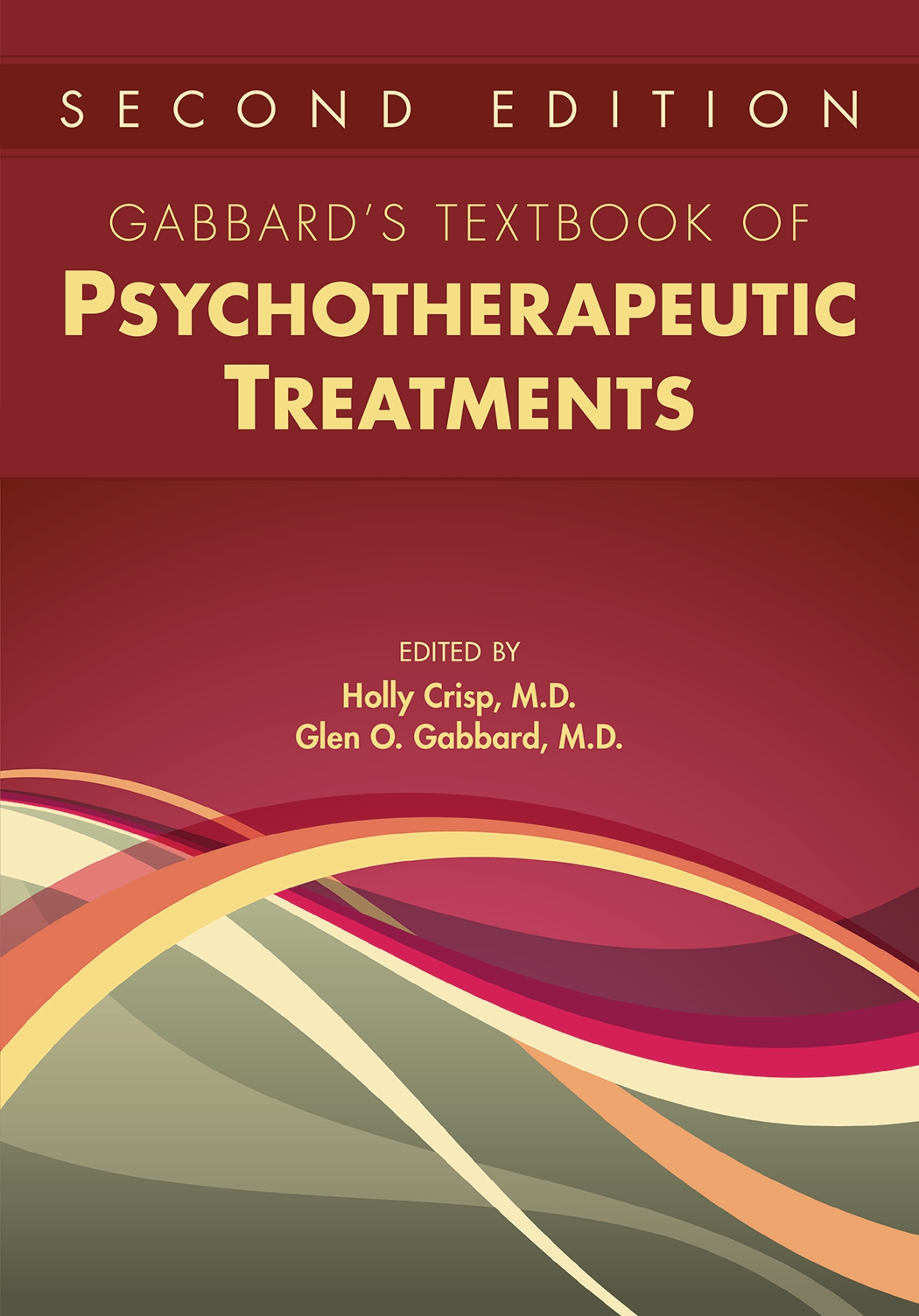Chapter 23.Contextualizing Psychodynamic Psychotherapy With Asian Americans
Sections
Excerpt
When considering psychotherapeutic issues within Asian American communities, it is important to first recognize the diversity of Asian Americans. Asian Americans comprise more than 40 different ethnic groups and speak more than 800 languages. Each subgroup has its own traditions, values, and history that affect the psychology of individual members. Moreover, generational status, immigration status, and intergenerational family history all intersect in shaping an individual’s psychology. Both authors of this chapter identify as Asian American: Calvin Chin is a first-generation Chinese American gay man, and Jasmine Ueng-McHale is a second-generation Taiwanese American heterosexual woman. In planning for this chapter, we were struck by the similarities in our experiences in graduate training regarding the psychology of Asian Americans. The approaches taught were often grounded in a discussion of cultural norms and the process of assimilation in the absence of a racialized historical context in America—approaches that reinforce the idea of Asians as “other” with fixed cultural identities, overemphasizing East-West dichotomies and the role of cultural differences (Hung 2016). It was not until after graduate training that we began to integrate an understanding of our own racial identity, racialization, and Asian American and transnational histories into our work.
Access content
To read the fulltext, please use one of the options below to sign in or purchase access.- Personal login
- Institutional Login
- Sign in via OpenAthens
- Register for access
-
Please login/register if you wish to pair your device and check access availability.
Not a subscriber?
PsychiatryOnline subscription options offer access to the DSM-5 library, books, journals, CME, and patient resources. This all-in-one virtual library provides psychiatrists and mental health professionals with key resources for diagnosis, treatment, research, and professional development.
Need more help? PsychiatryOnline Customer Service may be reached by emailing [email protected] or by calling 800-368-5777 (in the U.S.) or 703-907-7322 (outside the U.S.).



